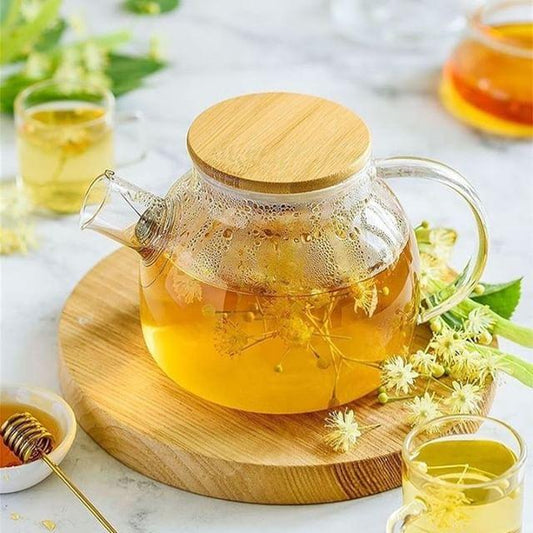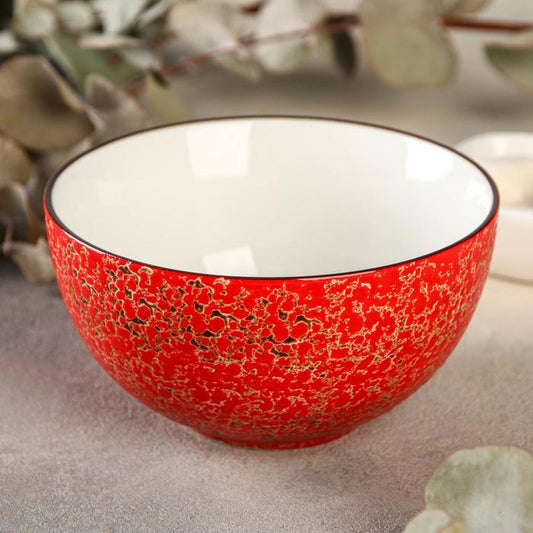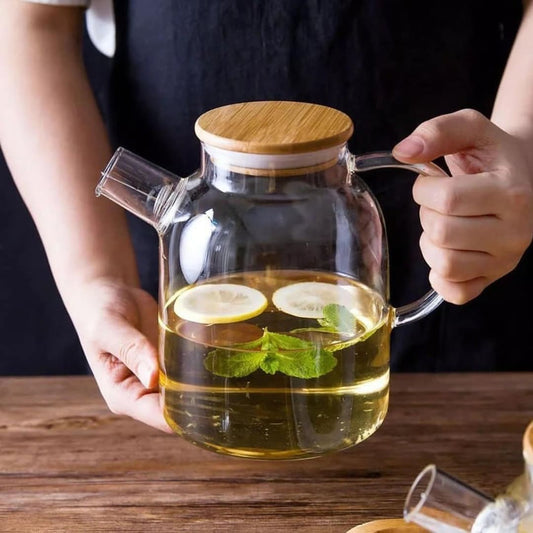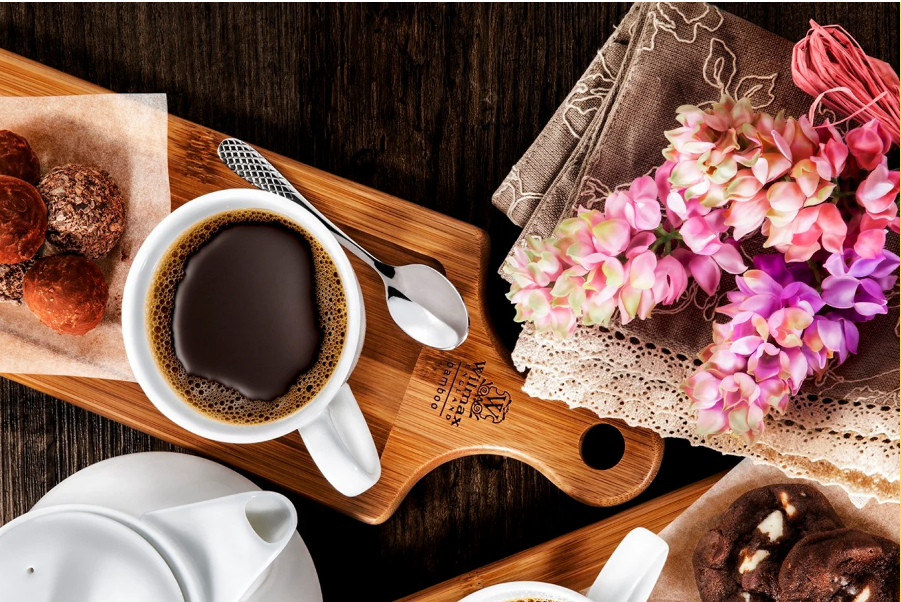🧪 Flavor Science Secrets: How to Pair Ingredients Like a Pro (It’s Not Magic)

Ever wonder why strawberries and balsamic just *work*? Or how chefs dream up unexpected pairings like chocolate and chili, or blue cheese with honey? It's not random—there’s actual science behind what tastes good together. Welcome to the world of flavor pairing, where chemistry, aroma compounds, and a bit of culinary courage create harmony on the plate.
👃 It All Starts With Aromas
Flavor is 80% aroma, and ingredients that share similar volatile compounds tend to complement each other. That’s why white chocolate and caviar—both high in trimethylamine—actually match. It’s also why mint and basil can both feel fresh yet earthy in the same dish.
🔬 The Science of Similarity vs Contrast
There are two main schools of thought in flavor science:
- Flavor Pairing Theory: Ingredients that share aroma molecules go together (e.g., coffee + grilled meat).
- Contrasting Flavors: Opposites attract—sweet balances bitter, acid cuts fat, salt enhances everything.
💡 Pro Chef Tips: Unexpected Combos That Work
- Chocolate + Blue Cheese: They share earthy, moldy notes—and taste amazing with wine.
- Tomato + Strawberry: Both are rich in umami and acidity. Use in salads or gazpacho.
- Beets + Orange + Cumin: Sweet, citrusy, and smoky—balanced and bold.
- Watermelon + Feta + Mint: Sweet + salty + cooling herb = summer perfection.
- Vanilla + Seafood: Subtle, floral vanilla butter can elevate scallops or shrimp.
📚 Tools of the Trade
Want to go deeper? Try these:
- The Flavor Bible: A culinary classic full of pairings and chef-tested ideas.
- Foodpairing.com: A scientific database for flavor matching based on shared compounds.
- Gastrograph AI: An AI tool that analyzes consumer taste and aroma preferences to optimize recipes.
🎨 Building Your Own Pairing Palette
Start with ingredients you love, then experiment with:
- Flavor Families: Earthy, fruity, herbal, smoky, nutty, etc.
- Texture + Temp: Creamy + crisp, warm + cool for contrast.
- Color: Visual pairing can influence perception—bright with bright, dark with dark.
🧠 Final Bite: It's Science, But Also You
Flavor pairing isn’t just science—it’s intuition, culture, and memory too. The best way to pair like a pro? Taste, test, and trust your palate. And don’t be afraid to fail. After all, the next legendary combination is just one wild experiment away.
Share:





